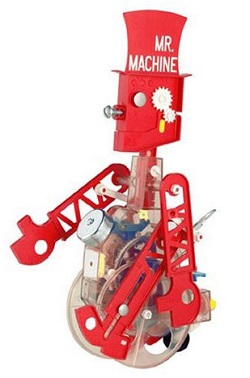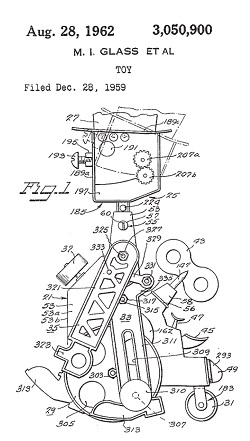Posts Tagged ‘improvement’
Determining Patent Eligibility – Part 3, What Constitutes a Machine?
Sunday, April 21st, 2013Determining Patent Eligibility – Part 1
Sunday, April 7th, 2013|
Last time I introduced the concept of intellectual property, or IP. We learned that IP in the eyes of the law is recognized as a creation of an individual inventor’s mind, worthy of commercial value. It goes to follow that those inventions that have been awarded patents are also a form of IP, because they represent the working ideation of the inventor’s mind. As such, the patent grants the inventor the sole legal right to profit from the invention to the exclusion of all others. So all you need is an idea, and you can apply for a patent, right? Well, not really. There are in fact a number of tests that potentially patentable inventions must pass. Federal laws governing patents have been in existence since 1790. They were put in place to give inventors the means to legally protect their exclusive rights to profit from their inventions in our new country. The first patent was awarded to inventor Samuel Hopkins on July 31st of that year, for a process he created to make potash, an ingredient used to make fertilizer. Since that time, the patent laws have been continually revised and expanded to improve the patenting process, something that became necessary due to the explosion of patentable technological innovations after the Industrial Revolution started in the 19th Century. In July of 1952, the basic structure of modern patent law was laid out by Title 35 of the United States Code (USC). Title 35 is a set of laws drafted by Congress that contains all federal statutes governing patents. Within Title 35 is found Section 101. It’s the part that addresses patent eligibility. This Section is commonly referred to within the trade by patent agents and attorneys as 35 USC § 101, shorthand for “Title 35 of the USC, Section 101.” According to 35 USC § 101, in order to be patentable an invention must first be useful. In addition, it must be either a machine, an article of manufacture, a composition of matter, or a process, or it must improve upon an existing machine, article of manufacture, composition, or process. But what does this all really mean? We’ll find out next time. ___________________________________________ |





